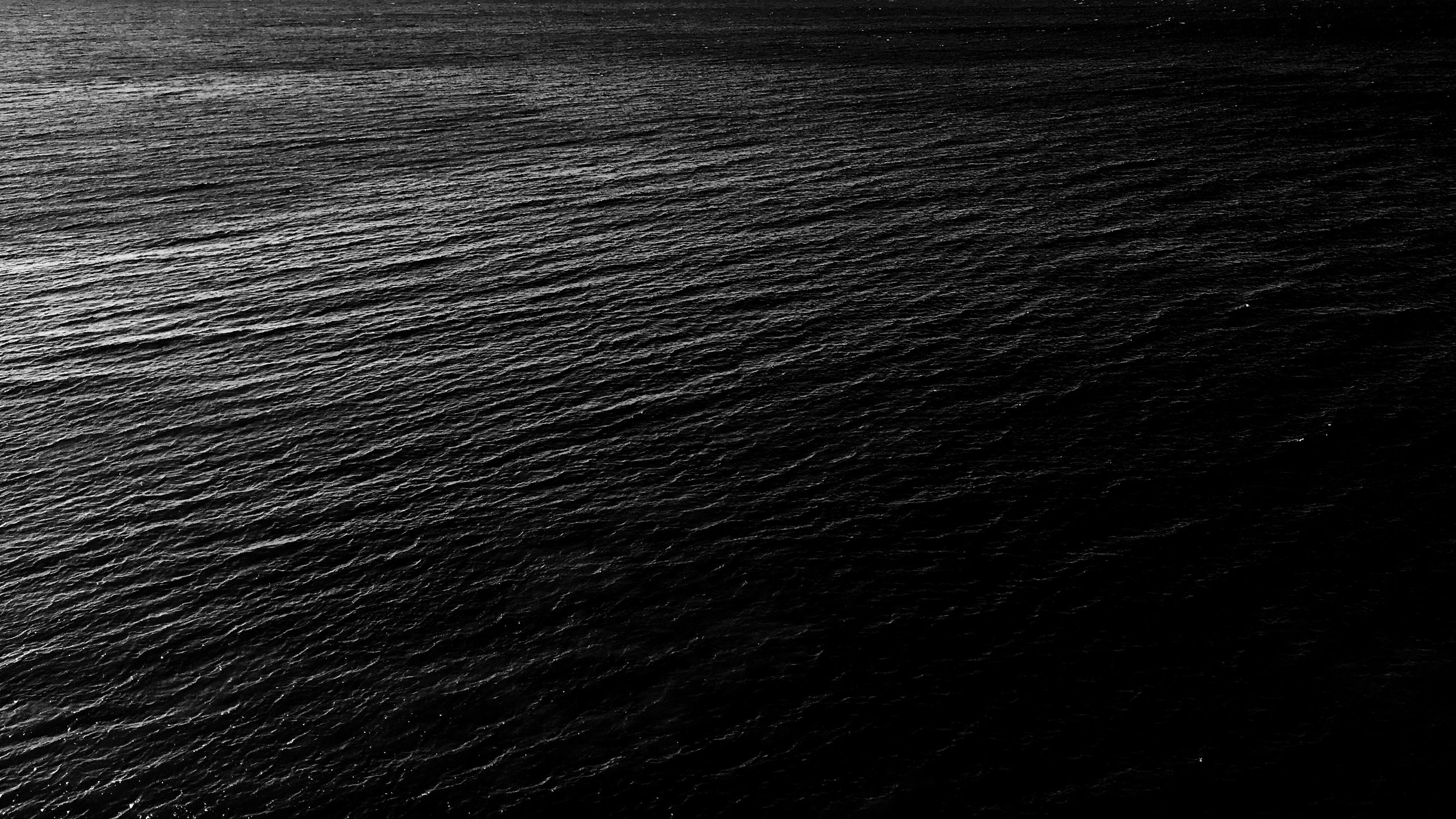Photograph by Scott Ordway (Visby, Sweden; August 2018)
Three Kalevala Songs (2014)
SATB / 7 minutes
PREMIERE
Commissioned by Oratorio Chorale
MEDIA
NOTE
Compiled by Elias Lönnrot from Karelian and Finnish oral folklore and mythology, the Kalevala is an epic poem considered to be the national saga of Finland. It presents 50 stories in nearly 23,000 verses: an expansive set of myths on creation; stories of magic spells; and tales of Sampo, a magical talisman that brings good fortune and luck. The Kalevala provided source material and inspiration for The Silmarillion by J.R.R. Tolkien, and an early translation of the Kalevala provided a poetic model for Longfellow’s use of trochaic tetrameter in The Song of Hiawatha. The pervasive use of four trochaic feet is so consistent that this meter is called Kalevalan verse by some scholars of poetry.
Scott Ordway has chosen three stories (runot, in Finnish) from the beginning of the Kalevala. Runo I to Runo III form the beginning of the creation story in the Kalevala. Ilmatar, the goddess of the air, descends to the primal waters and floats for 700 years upon the ocean. The music of these three movements describes Air’s daughter dwelling in her spacious celestial mansions; her descent to the water; and finally, the storm that awakens life within her and leads to the creation of humankind. — Patrick Gardner (2019)
TEXT
By Scott Ordway
Adapted from The Kalevala, Runo I. Translated by W.F. Kirby (1907)
1. Air’s Young Daughter
Air’s young daughter was a virgin,
Fairest daughter of Creation.
Long did she abide a virgin,
All the long days of her girlhood,
In the Air’s own spacious mansions,
In those far extending regions.
Wearily the time passed ever.
And her life became a burden,
Dwelling evermore so lonely,
Always living as a maiden,
In the Air’s own spacious mansions,
In those far-extending deserts.
2. On the Wide Expanse
After this the maid descending,
Sank upon the tossing billows,
On the open ocean’s surface,
On the wide expanse of water.
3. The Sea Woke Life
Then a storm arose in fury,
From the East a mighty tempest,
And the sea was wildly foaming,
And the waves dashed ever higher.
Thus the tempest rocked the virgin,
And the billows drove the maiden,
O’er the ocean’s azure surface,
On the crest of foaming billows,
Till the wind that blew around her,
And the sea woke life within her.
